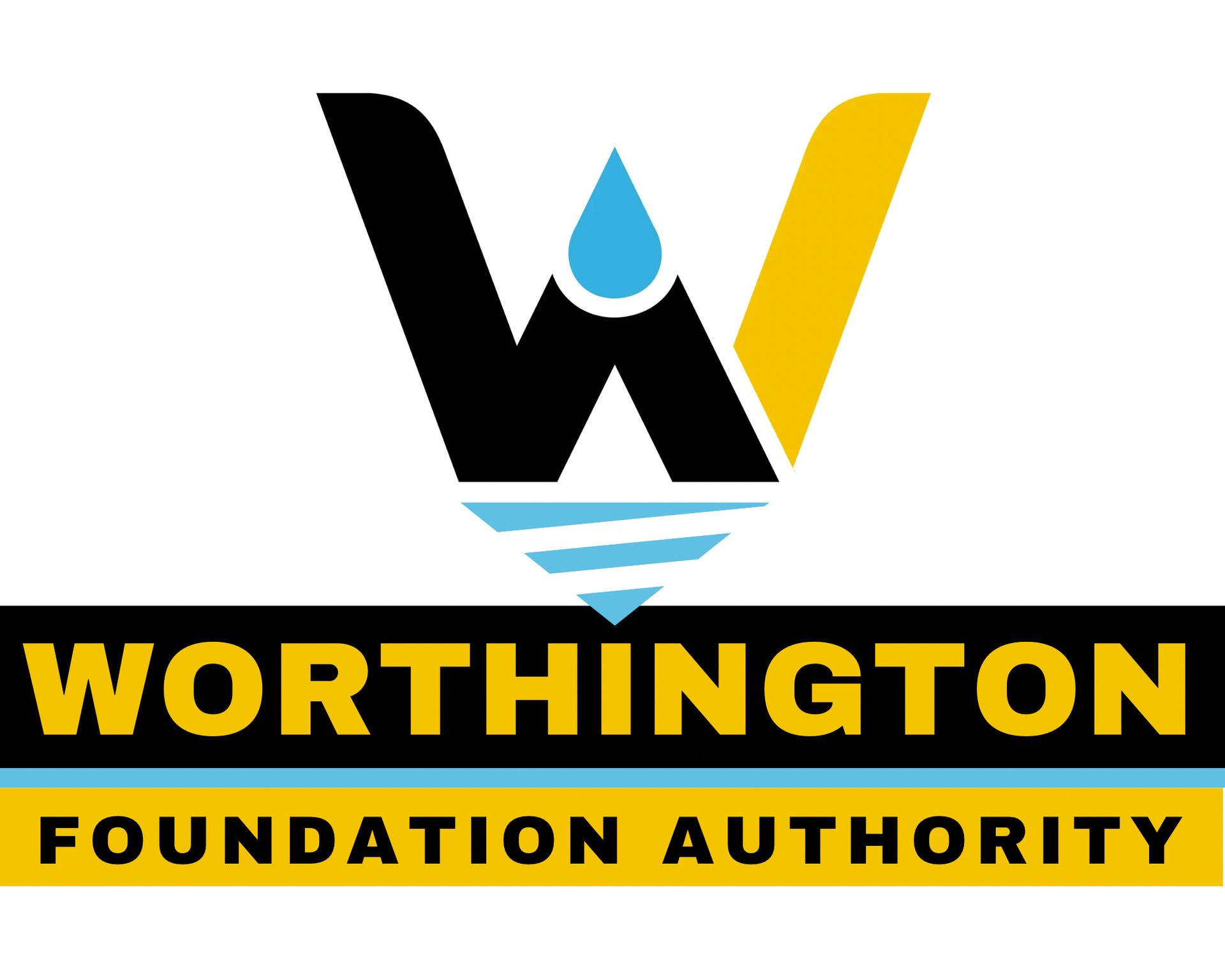Why Is It Called A FRENCH DRAIN?
Even as a third generation waterproofer, for most of my life I had no idea why it was called a French Drain. I assumed, like many people do, that it was invented in France and somehow made its way over to America. But that is not what happened. The evolution of the French Drain is actually a story about family. It's the story of a father and husband who was concerned about the health and safety of his family. (Hmm...that sounds familiar!)
To learn the whole story of how the French Drain got its name, I recommend you read the book 'French Drain for Health' written by Steve Andras.
But I will give you the readers digest version here.

In the mid-1800s, long before he became the first president of the institution that would evolve into the University of Massachusetts, Henry Flagg French faced a profound personal tragedy. His wife was succumbing to what was then commonly known as consumption; today, we recognize it as tuberculosis. While modern medicine has provided us with vaccines against this once-deadly affliction, just a few generations ago, it claimed countless lives. Heartbroken by his wife's decline, Henry's grief was intertwined with suspicion. He believed that the air seeping into their home from the cellar was contributing to her illness. Following her passing, he resolved to find a solution to prevent this ‘bad air’ from permeating their living space. He was convinced that the persistent moisture resulting from recurrent flooding after rainstorms was at the heart of the problem. Thus, he set out to devise a method to eliminate the flooding, thereby reducing moisture and, consequently, the health hazards associated with it. Sounds straightforward, right? Unfortunately, it was anything but. Years of experimentation and perseverance lay ahead of him. He even traveled to Europe to study agricultural drainage systems—a formidable challenge in the 1800s—and returned home to apply his newfound knowledge to various houses in New England. Ultimately, he developed a tile drainage system, which, after several refinements, became the precursor to today's French Drain.
Sadly, over time, the industry has lost sight of the original intent behind French Drains. Companies began to regard them merely as tools for keeping water at bay, overlooking the deeper moisture issues and their associated consequences. The primary reason for this shift lies in the ease of marketing a water problem rather than a moisture problem—leading many companies to prioritize quick profits over a comprehensive approach.

